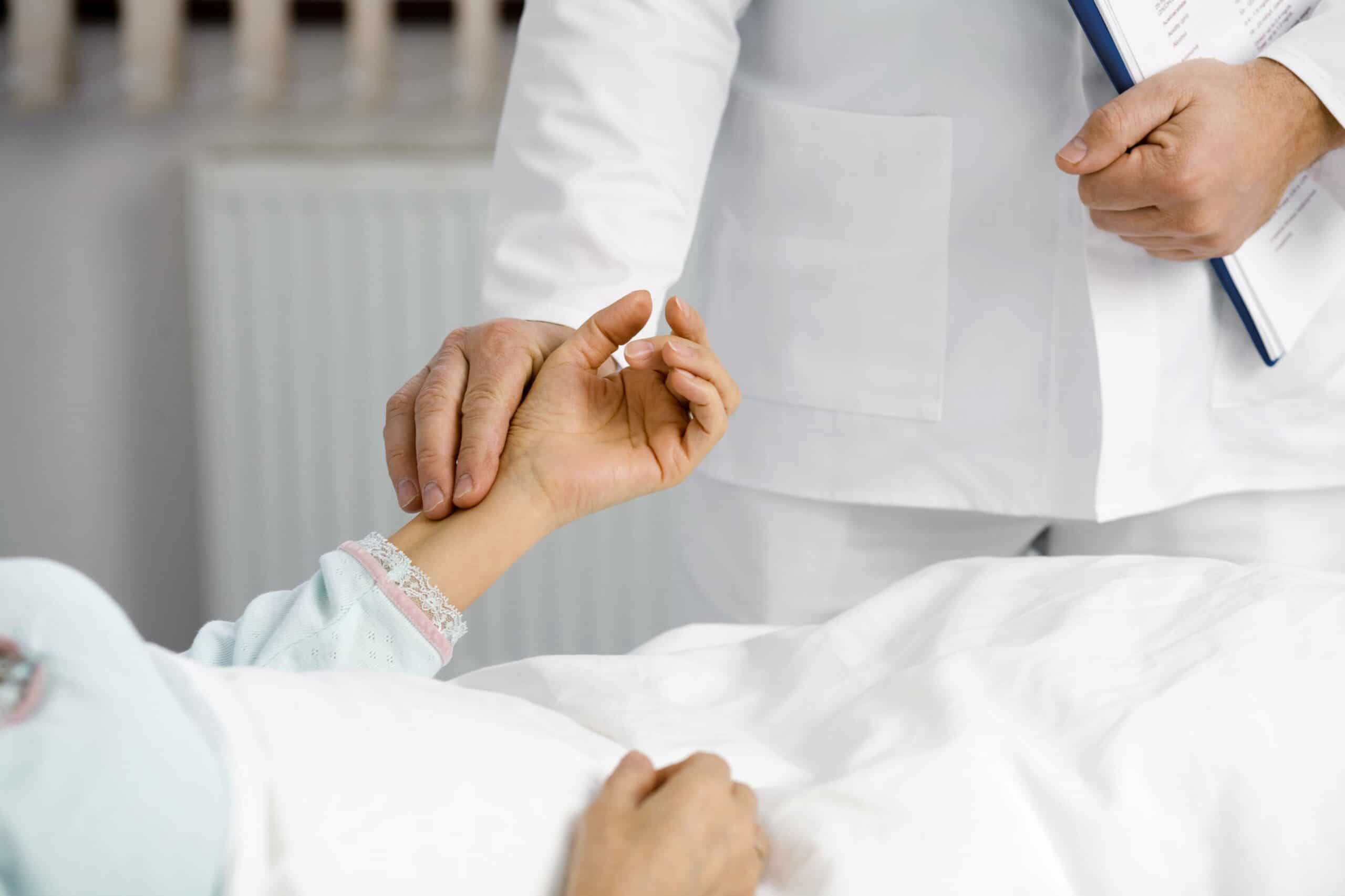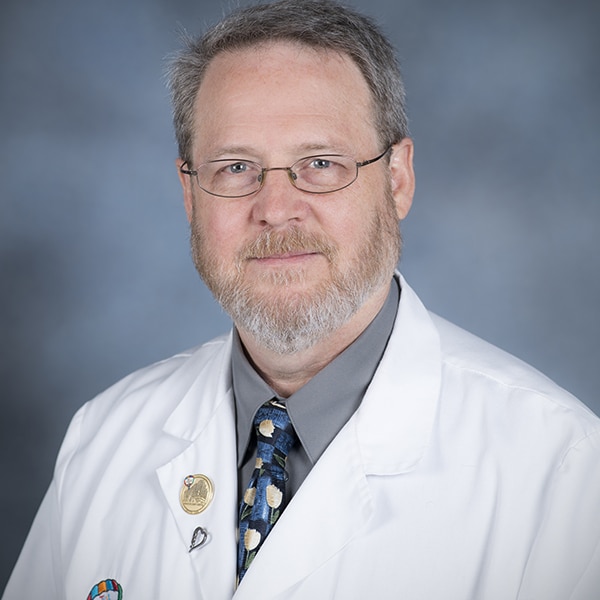
The heart is a pump that is constantly beating to deliver blood through tubes (blood vessels) to all parts of the body. For the heart to be an effective pump, the heart’s “plumbing system” and “electrical system” must both work correctly.
The plumbing system of the heart consists of:
- Tubes bringing blood to the heart and carrying it away (the veins and arteries),
- Four heart chambers (2 on the top – the right and left atrium, and 2 on the bottom – the right and left ventricle),
- The muscular walls of the heart’s chambers that squeeze blood through the heart whenever they contract,
- Four one-way valves that connect the pumping chambers and blood vessels.
The electrical system of the heart consists of special cardiac cells or tissues that use electrical signals or impulses to coordinate the contractions of the muscular walls of the cardiac chambers. Each time that an electrical signal spreads across a chamber of the heart, the muscular walls are “triggered” to contract. Proper coordination of these signals ensures that the chamber walls squeeze at the right time and in the correct manner so as to provide an effective heartbeat.
Each normal heartbeat is started by the normal “pacemaker” of the heart, the so-called sinus node which is found in the upper part of the right atrium. The sinus node has its own clock, and at the right time it regularly sends out an electrical impulse that will spread from cell-to-cell across the muscular walls of the top chambers, the right and left atria. Once electrically triggered in this way, the muscular walls of the atria contract, squeezing blood down into the ventricles through one-way valves. The same electrical impulse that started the heartbeat then spreads down into another specialized tissue, the so-called “AV node.” The AV node is located in the middle of the heart, between the atria and ventricles, and is the only tissue in the heart where there is a normal “electrical connection” between the upper atria and the lower ventricles of the heart (hence the name AV or atrio-ventricular node). Once the electrical impulse enters the AV node, it is delayed briefly, allowing time for the ventricular chambers to be filled by contraction of the atrial walls. After the delay, the same electrical impulse that started everything is then conducted down to the ventricles through other specialized tissues (the so-called “Bundle of His” and “bundle branches”), whereby it rapidly spreads across the muscular walls. Once that happens, the ventricular walls are triggered to contract, squeezing the blood out of the heart through one-way valves into large arteries to the lungs and body. After a normal heartbeat is completed, everything rests for a moment, and then the whole cycle starts up again.
You can hear the heart’s pumping action whenever you listen to the heart with a stethoscope and hear the regular “lub-dub” of each heartbeat. Also, you can notice the effects of each heartbeat when you feel a pulse by holding a finger over an artery (for example, in your wrist or neck).
Normal coordination of each heartbeat is just the first step to provide the right amount of “cardiac output” to supply the body’s needs. Your body needs higher cardiac output during exercise or strenuous activities, and less when you’re at rest or asleep.
So in addition to synchronizing the chambers during each beat, the heart’s electrical system is also responsible for adjusting how fast the heart should be beating at any point in time. The way that happens is that the sinus node “listens in” to messages from various nerves and blood-borne chemicals such as adrenaline circulating through the blood stream. The sinus node then adjusts the rate of impulses it sends out accordingly. This is why heart rates in otherwise healthy people are highly variable, and depend on factors like age and level of activity.
For example, little babies quietly at rest usually have heart rates around 120-150 beats/min, compared to 60-80 beats/min in most resting teenagers. A toddler’s heart rate may be 110 beats/min while eating her favorite lunch, but get up to 220 beats/min when she’s really upset and crying. An athletic teenager’s heart rate may be 40 beats/min when he’s asleep, but get up to 190 beats/min when he’s running flat out. Recall that someone in the doctor’s office usually checks how fast your child’s heart is beating by feeling a pulse. The pulse rate (in number of beats per minute) is one of the important “vital signs” that’s regularly checked to see how the child’s heart thinks that he or she is doing.
So, how does your heart beat? Your heart beats because of the actions of a highly specialized electrical system that listens in to what’s going on with you at the time, and triggers the muscular walls of the heart to contract in an organized fashion and at the right heart rate, either slow or fast, and usually just right. Both the electrical system and the plumbing system of the heart have to work well by themselves, and coordinate with each other, for the heart to be the most effective pump it can be.
For further information about UofL Physicians – Pediatric Cardiology, visit the practice website. Request an appointment online, or call 502-585-4802.









